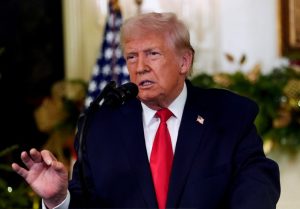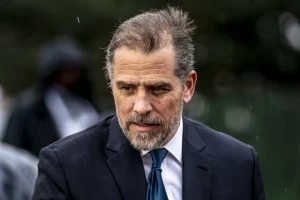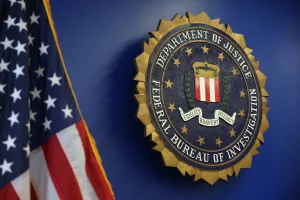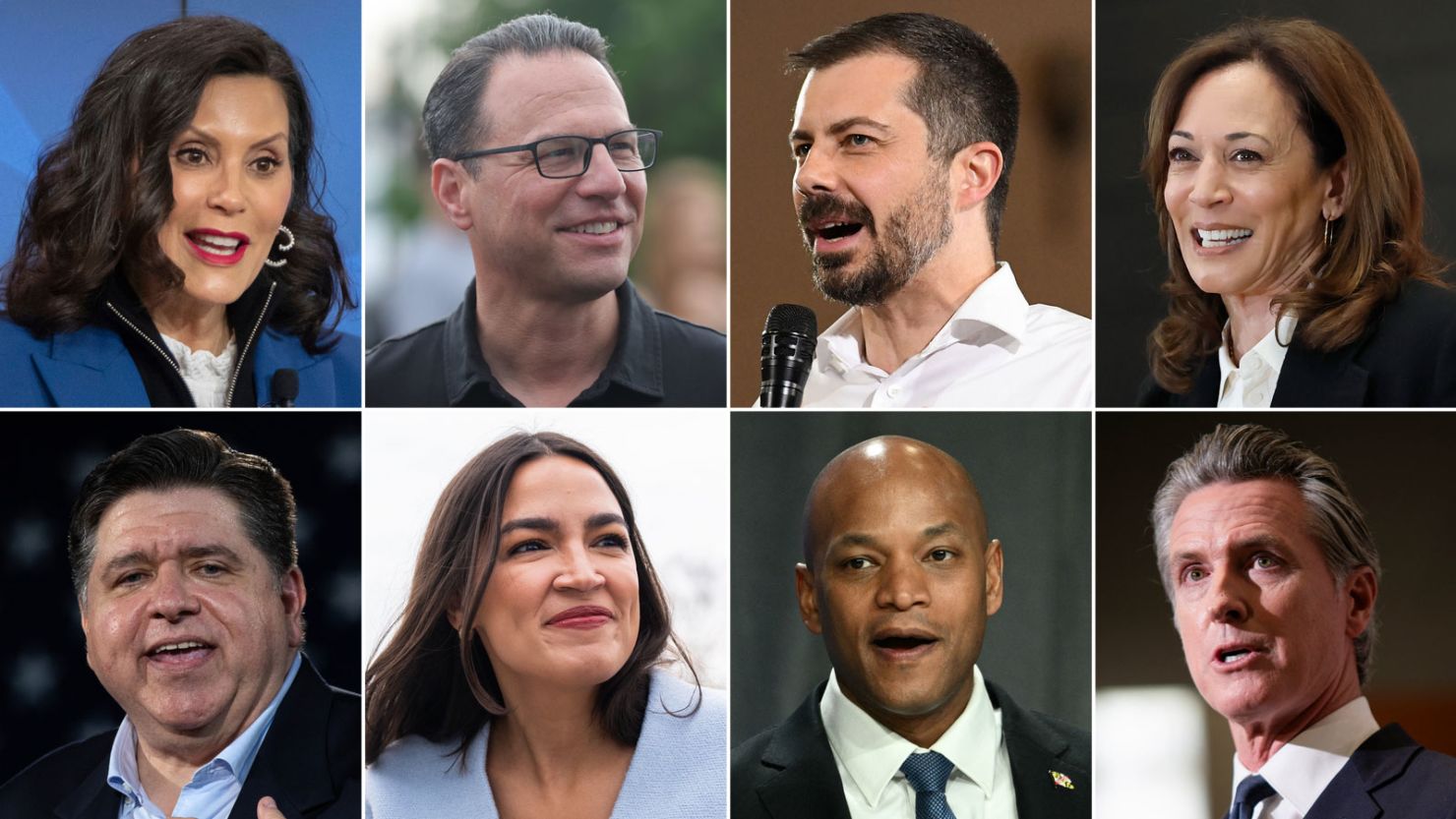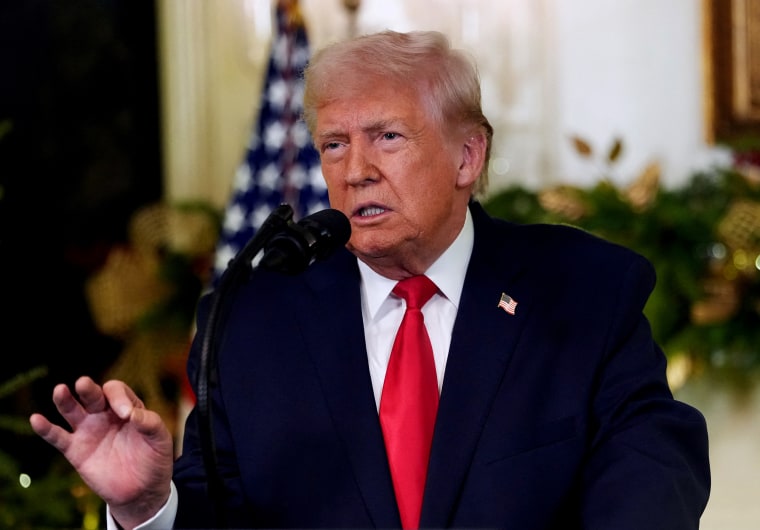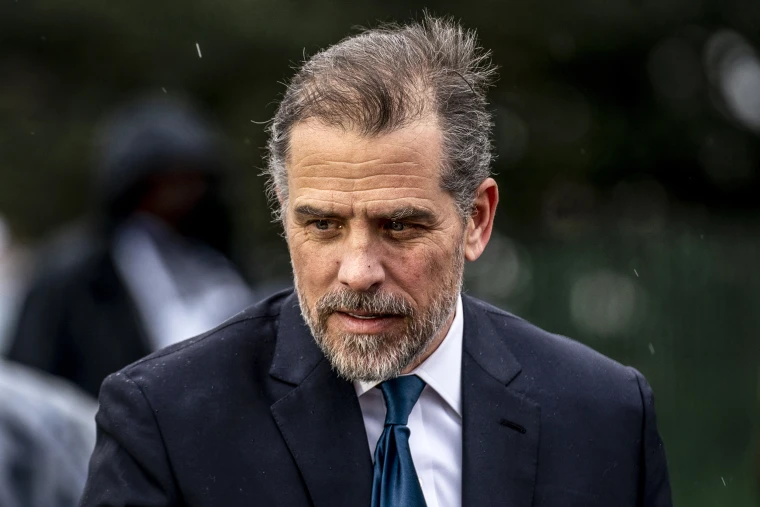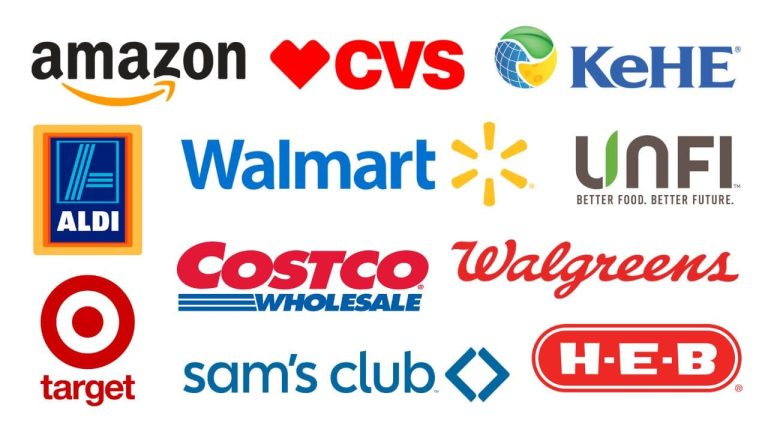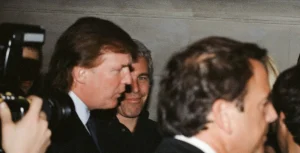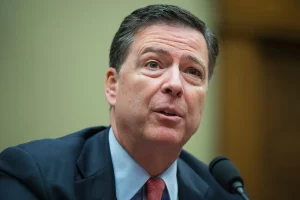As anticipation grows for the 2028 presidential election, the Democratic Party is entering what insiders often call the “shadow primary”—a phase of behind-the-scenes maneuvering, media outreach, and strategic appearances that hint at national ambitions long before any formal declarations.
Though the general election is still years away, a number of influential Democrats are already positioning themselves as likely contenders. Former Vice President Kamala Harris continues to generate strong attention as a natural successor to President Biden’s legacy. California Governor Gavin Newsom, known for his high-profile confrontations with Republican governors, has been traveling through conservative states, sparking talk of a future White House bid. And Pete Buttigieg, the former Secretary of Transportation and 2020 presidential contender, is unmistakably reentering the national stage.
Buttigieg, who stepped down from his Cabinet role earlier this year, has been actively engaging with digital media and emerging platforms—an area where he holds a notable edge. From podcasts and YouTube interviews to closed-door sessions with Gen Z influencers, Buttigieg appears to be building a foundation for a broad coalition of younger, tech-savvy voters.
“I’m using my voice where it matters,” he said in a recent interview. “That includes both traditional and new media, having open conversations with voters, and figuring out how to build a better political approach.”
While he hasn’t formally launched a campaign, many strategists view his media blitz and decision not to run for Michigan’s open Senate seat as clear signs of national ambition.
“He gets it,” said Sammy Kanter, a Democratic political strategist. “He’s communicating directly with audiences where they actually spend their time—and that’s not on C-SPAN or the nightly news.”
This early activity is not unusual. The months following a major presidential cycle often see party figures laying the groundwork for the next round—testing their messages, gauging public interest, and quietly courting donors.
And the list of potential Democratic hopefuls doesn’t end with Harris, Newsom, and Buttigieg. Governors Gretchen Whitmer of Michigan, J.B. Pritzker of Illinois, and Josh Shapiro of Pennsylvania are also viewed as serious contenders. Each has earned national attention over the past few years for leadership during crises, bold legislative agendas, and strong approval ratings within their respective states.
Vice President Harris, while widely seen as the most prominent figure in the Democratic lineup, continues to face mixed national polling. Her defenders point to her experience and historic role as the first female and first Black and South Asian vice president. Critics argue she hasn’t yet solidified a broad national base, particularly in key swing states.
Newsom, by contrast, has positioned himself as a fighter—not only against conservative policy but for the future of liberal governance. His recent cross-country tours to red states have been described by analysts as an attempt to define what it means to be a Democrat in the post-Biden-Trump era.
Though each of these candidates has so far stopped short of declaring, their moves are being watched closely by operatives and journalists alike.
“Everyone’s making their moves,” said a longtime Democratic strategist. “Whether they’re declaring or not, you can tell who’s building something for the long haul.”
Yet, while some candidates are leaning into the national spotlight, others are choosing a more restrained path—perhaps eyeing 2032 instead of 2028.
One notable figure, who had seen increasing speculation and growing grassroots support in recent months, has now made his position crystal clear.
“I am not running,” he said plainly in a recent interview with the Associated Press. “In this moment, my focus is entirely on the work we’re doing in Maryland. We’re facing big challenges, and I believe I still have work left to do here.”
That voice belonged to Maryland Governor Wes Moore.
Moore, a U.S. Army veteran, best-selling author, and former nonprofit CEO, has become one of the most talked-about rising stars in the Democratic Party. Now in the third year of his first term, Moore has turned heads for his ambitious policy agenda, charismatic public presence, and strategic visits to battleground states.
Still, he insists his national appearances are strictly business-focused. “People should become accustomed to my travels across the country to bring business back to Maryland,” he said after a recent ceremony in Annapolis.
His next stop is South Carolina, an early primary state, where he will headline the Blue Palmetto Dinner—an event typically associated with national campaigns. But Moore reiterated that he has no plans to run for president or accept a spot on a national ticket.
“I am not seeking consideration for the vice presidency,” he confirmed.
By stepping aside now, Moore may be taking the long view—positioning himself for a stronger bid later in the decade, after building a deeper executive record. For 2028, however, the Democratic field remains wide open—and the behind-the-scenes race is already underway.

Emily Johnson is a critically acclaimed essayist and novelist known for her thought-provoking works centered on feminism, women’s rights, and modern relationships. Born and raised in Portland, Oregon, Emily grew up with a deep love of books, often spending her afternoons at her local library. She went on to study literature and gender studies at UCLA, where she became deeply involved in activism and began publishing essays in campus journals. Her debut essay collection, Voices Unbound, struck a chord with readers nationwide for its fearless exploration of gender dynamics, identity, and the challenges faced by women in contemporary society. Emily later transitioned into fiction, writing novels that balance compelling storytelling with social commentary. Her protagonists are often strong, multidimensional women navigating love, ambition, and the struggles of everyday life, making her a favorite among readers who crave authentic, relatable narratives. Critics praise her ability to merge personal intimacy with universal themes. Off the page, Emily is an advocate for women in publishing, leading workshops that encourage young female writers to embrace their voices. She lives in Seattle with her partner and two rescue cats, where she continues to write, teach, and inspire a new generation of storytellers.
